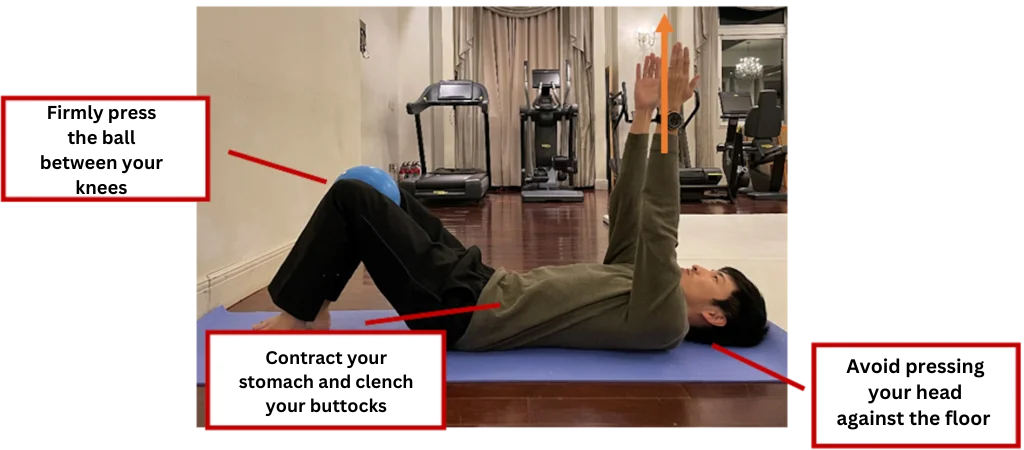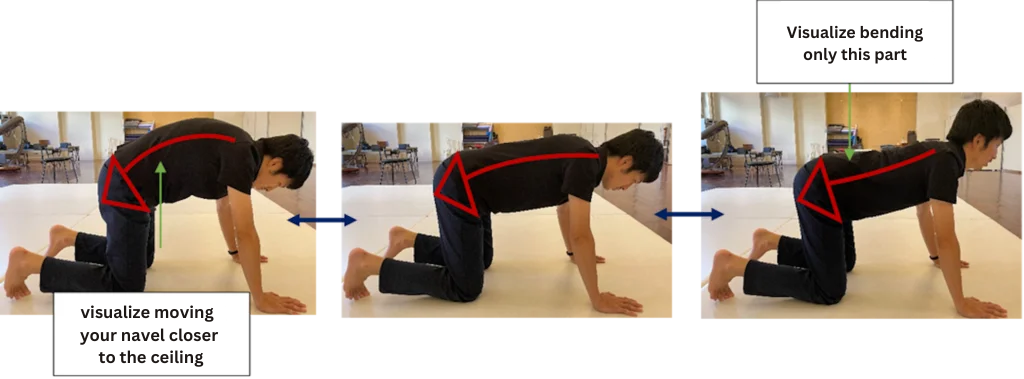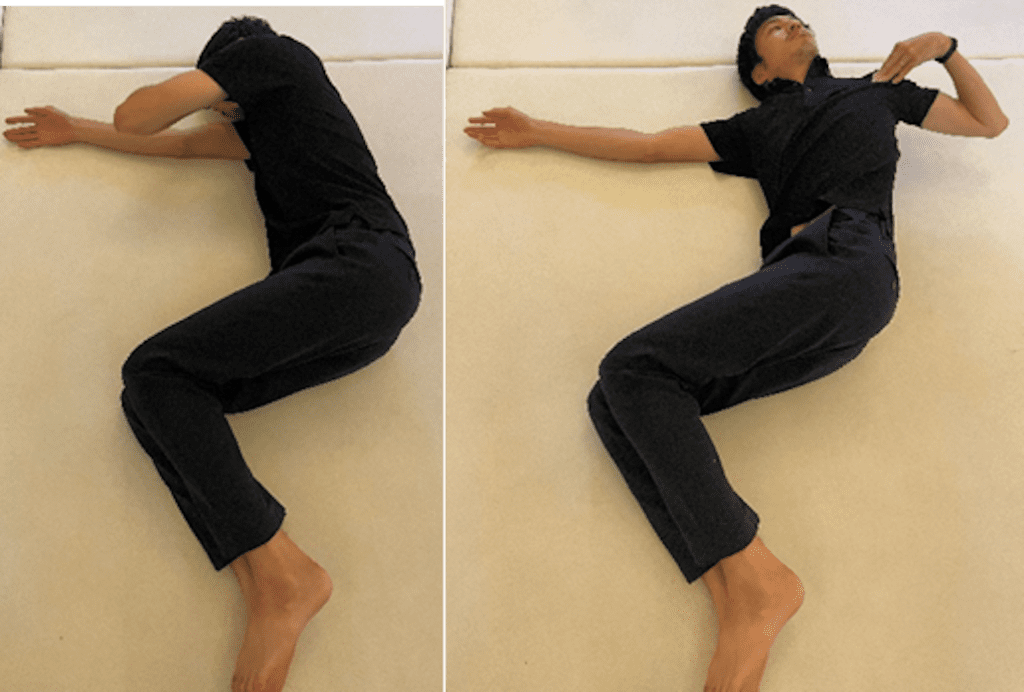Column Introduction of our Clinic’s Specialized Rehabilitation Program Following a Treatment for Spinal Canal Stenosis
May 2, 2024
Our clinic uses performs the Florence Method, an advanced treatment for spinal stenosis.
This time we will outline our rehabilitation program for post-spinal stenosis treatment.
What is the Florence Method?
The Florence Method is a minimally invasive treatment with low risk that can be used to treat spinal stenosis. A percutaneous spacer is inserted under local anesthesia and sedation to widen the narrowed spinal canal.
By inserting a spacer, it is possible to maintain spinal rotation and flexion, stabilize the vertebrae, widen the spinal canal, and reduce disc protrusion and the thickening of Ligamentum Flavum. By widening the narrowed spinal canal, symptoms such as pain and numbness can be effectively relieved.

Rehabilitation after a treatment for spinal stenosis
We highly recommend that you undergo some rehabilitation after a treatment at our clinic. By making it a habit to do the kind of exercises we introduce there, you can reduce symptoms such as lower back pain and increase the overall effectiveness of your treatment.
Exercises you can start doing the day after your treatment
〇 Exercises to stabilize the core (1)
If you are unable to stabilize your lower back when standing or walking, it will put strain on the intervertebral discs and surrounding tissues, making it easier for symptoms to reappear. This exercise is designed to help you stabilize your lower back when moving around.
1. Lie face up with your knees bent.
2. Contract your stomach and lightly squeeze your buttocks while pulling your back towards the floor.
3. Slowly raise your arms in the air, making sure your back doesn’t leave the floor.
*When you return to the starting position, be careful not to let your back leave the floor.

〇 Stabilizing the core (2)
1. Lie face up with your knees bent.
2. Place a ball or towel between your knees.
3. Contract your stomach, slightly clench your buttocks, and use the muscles in your inner thighs to hold down the ball.
4. In this position, slowly extend your arms upwards.
* When pushing your arms out, be careful not to press your head against the floor or lift your back off the floor.

Exercises that can be done starting one month after the treatment
〇 Exercises to move the spine
Various muscles need to work in perfect unison to move the spine. When pain such as lower back pain occurs, the body forgets how to move these muscles, and starts using them incorrectly, which can lead to poor posture and incorrect body movements. By doing this exercise, you can work the muscles that control the spine and relearn how to move it.
1. Start on all-fours (see central image).
*Be careful not to overarch your back.
2. Be careful not to push against the floor with your hands, and slowly round your back, n.
3. Slightly push your navel in and arch your back, focusing on keeping your lower back straight, as if you were trying to bring your navel closer to the floor.
This movement will be more effective if you move your face towards the front while doing this.
4. Repeat these movements slowly.

〇 Exercises to stabilize the spine & improve hip joint mobility
Pain such as lower back pain can cause a decrease in core muscle strength. As core muscles are extremely important for supporting and moving the body, it is necessary to regain muscle strength through training.
The muscles of the core are used in a variety of situations. In this exercise, moving the hip joints while stabilizing the pelvis and core makes for an effective core training exercise.
1. Get into a crawling position so that your back does not arch or bend.
2. Slowly pull your hips back while maintaining your posture.
Be careful not to move your pelvis or round your back when performing this movement.
3. Stop pulling your buttocks back before your back starts to round or your pelvis starts to move and return to the starting position.
*Perform this series of movements very slowly.

〇 Exercises to improve the mobility of the spine (thoracic vertebrae)
If the movements of the spine in the area known as the thoracic vertebrae decrease, the body becomes hunched over, and this puts strain on the muscles and discs in the back, which is said to be a cause of lower back pain. By being able to move this area well, you can reduce the strain on your lower back.
1. Lie on your side with your pelvis and knees bent at 90 degrees.
2. Place the hand of the person standing on top of you on your shoulder.
3. Slowly twist your upper body backwards to move the joints in your spine.
4. Repeat the twisting and then return slowly to the starting position.

If you have been diagnosed with spinal stenosis and are suffering from back pain, please consider getting a consultation at our clinic.
Related Articles
The Florence Method: Introducing Our Innovative One-Day Treatment Method for Spinal Canal Stenosis
Which is better, the Florence Method or the Cellgel Method?
We read the studies on the Florence Method, which is currently being researched around the world



